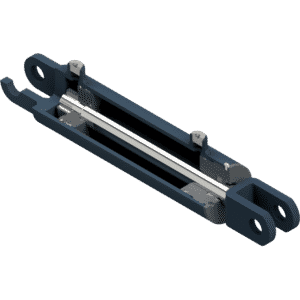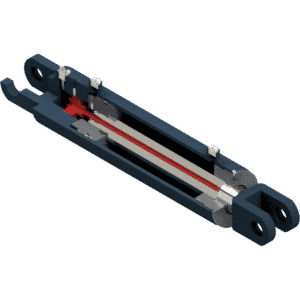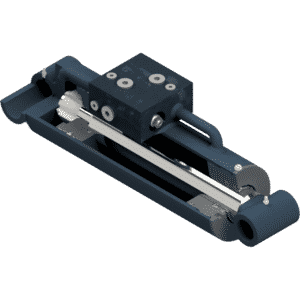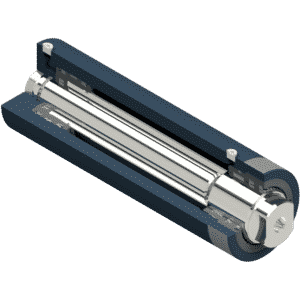Dependable & Reliable to Move the Earth
Hydraulic cylinder design is a crucial aspect of creating a functional and reliable hydraulic system in Earth Moving equipment. Proper design and sizing of hydraulic cylinders can ensure the efficient operation of heavy machinery used in construction, mining, and other earth-moving applications. Aggressive Hydraulics can meet these demands.
Earth Moving categories include:
- Dozers
- Graders
- Excavators
- Backhoes
- Dump trucks
- Track Loaders
- Wheel Loaders
- Scrapers




